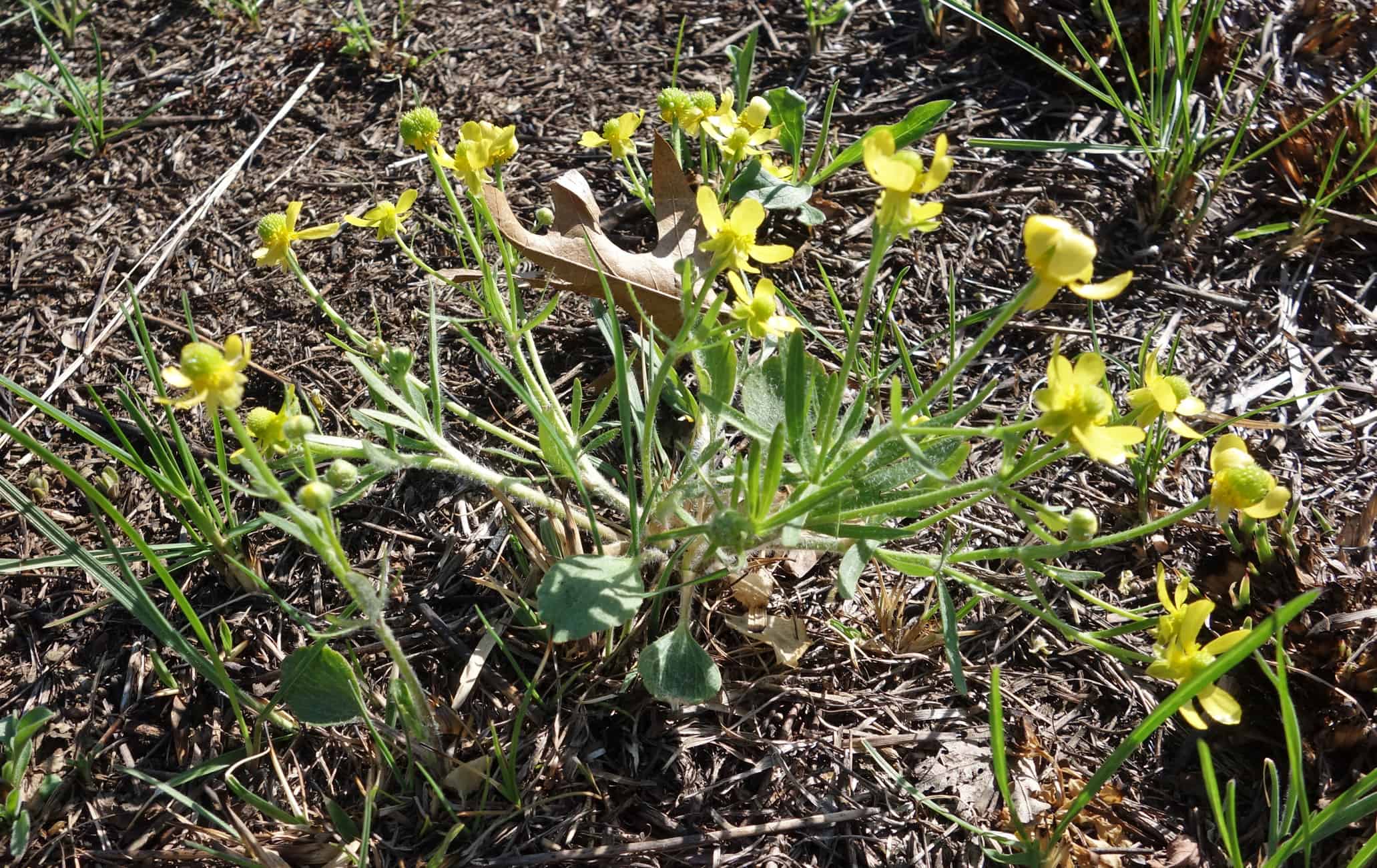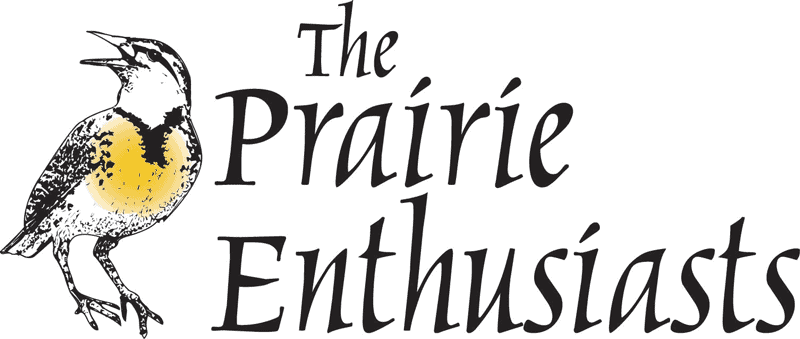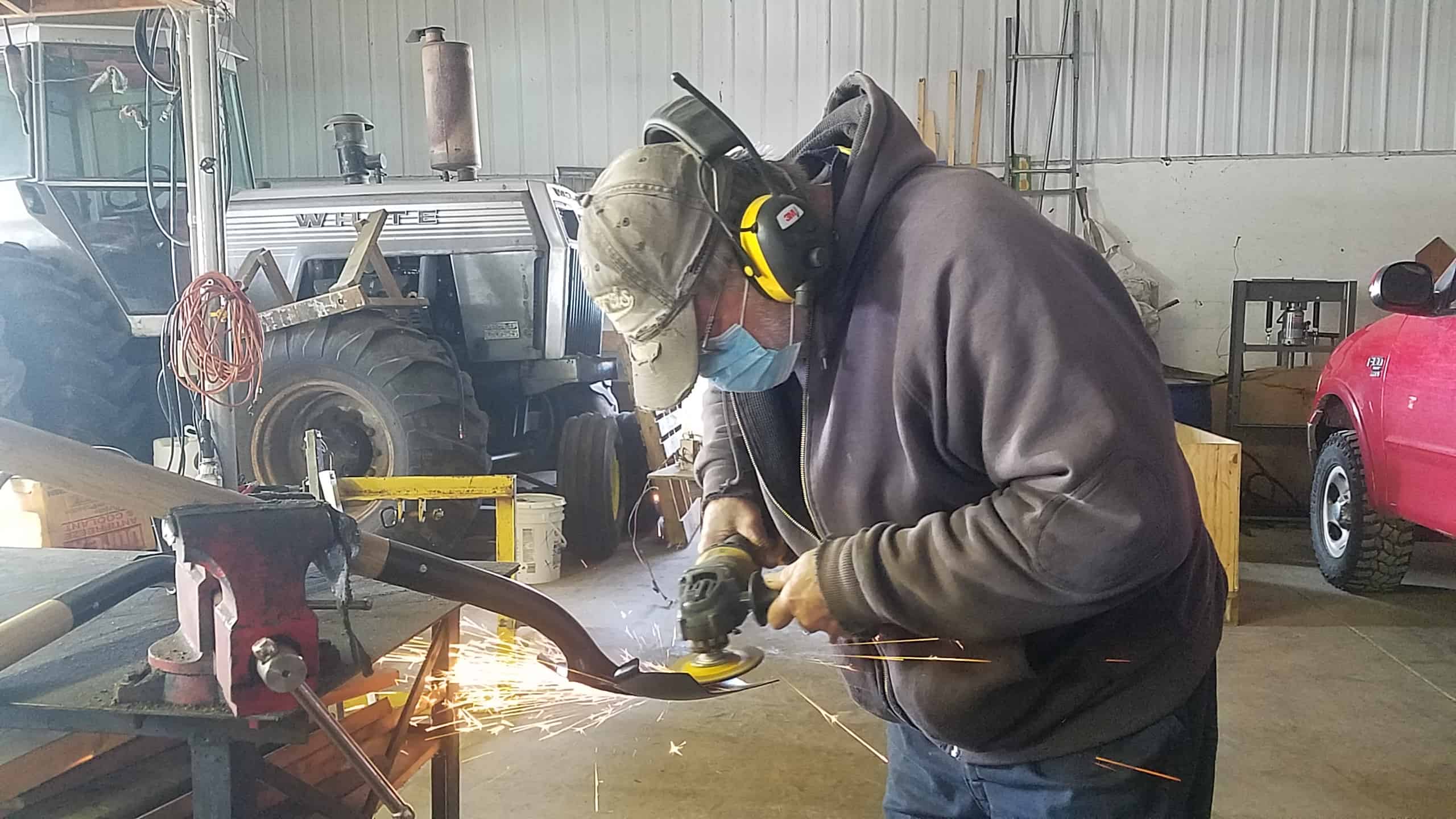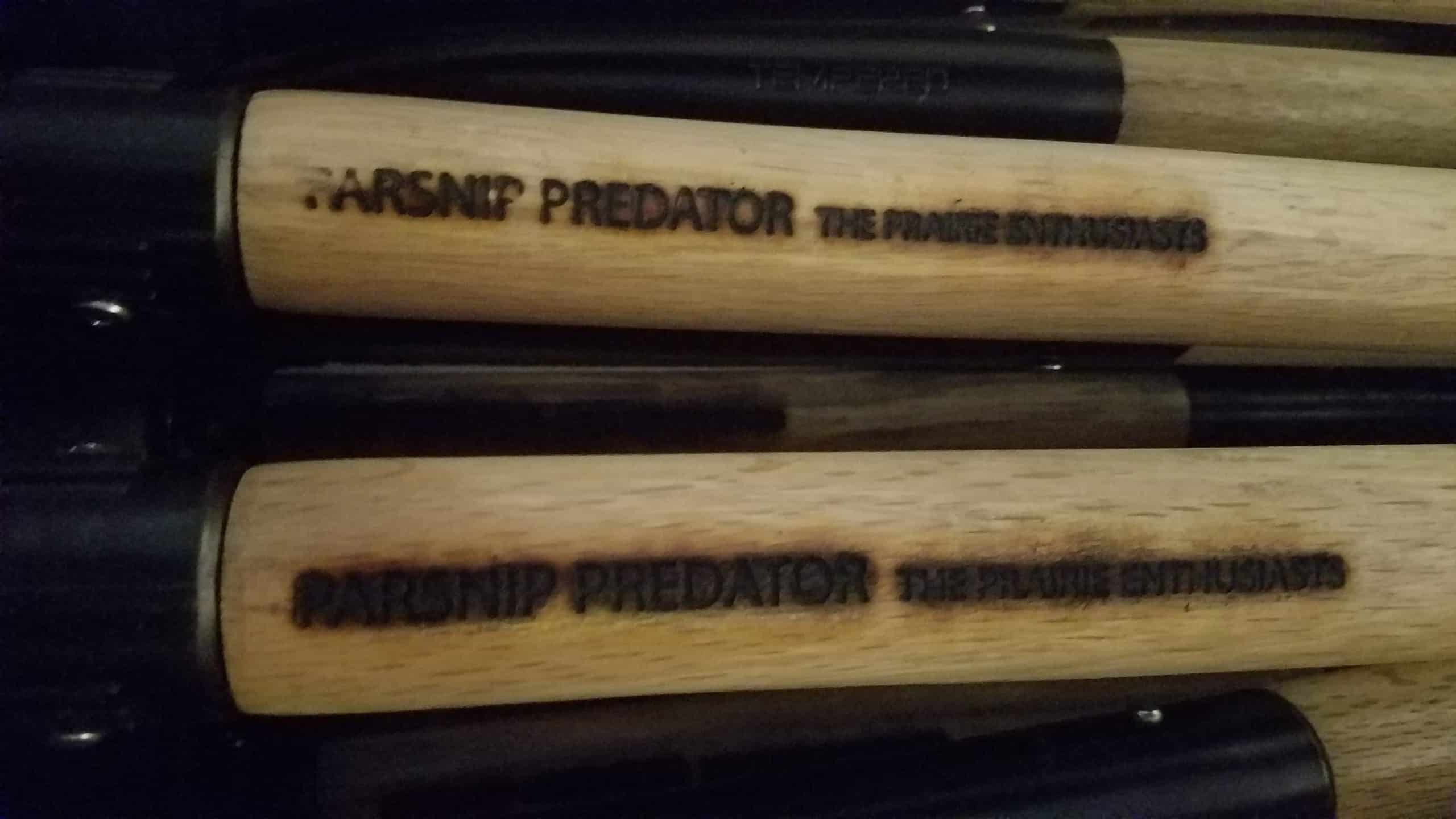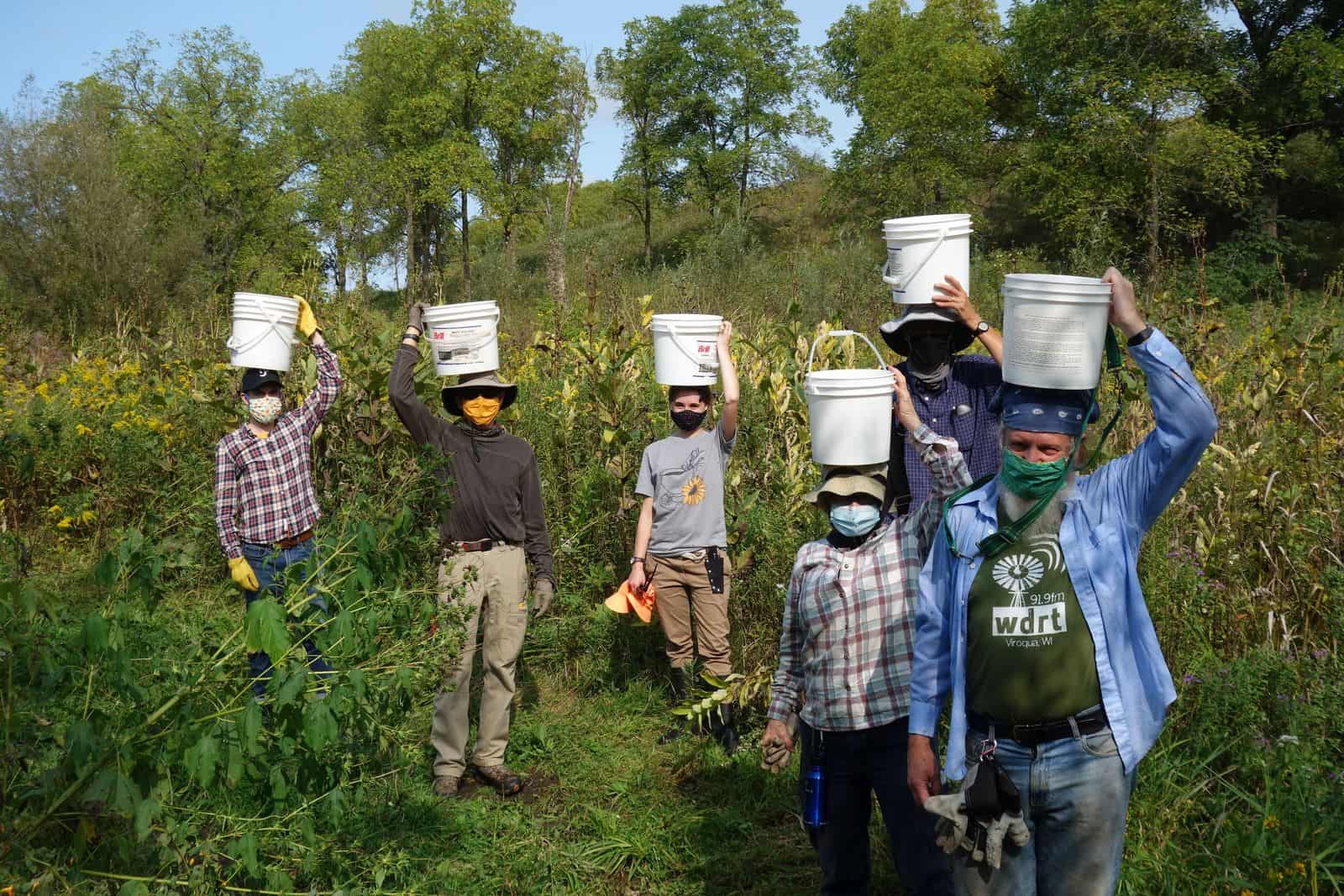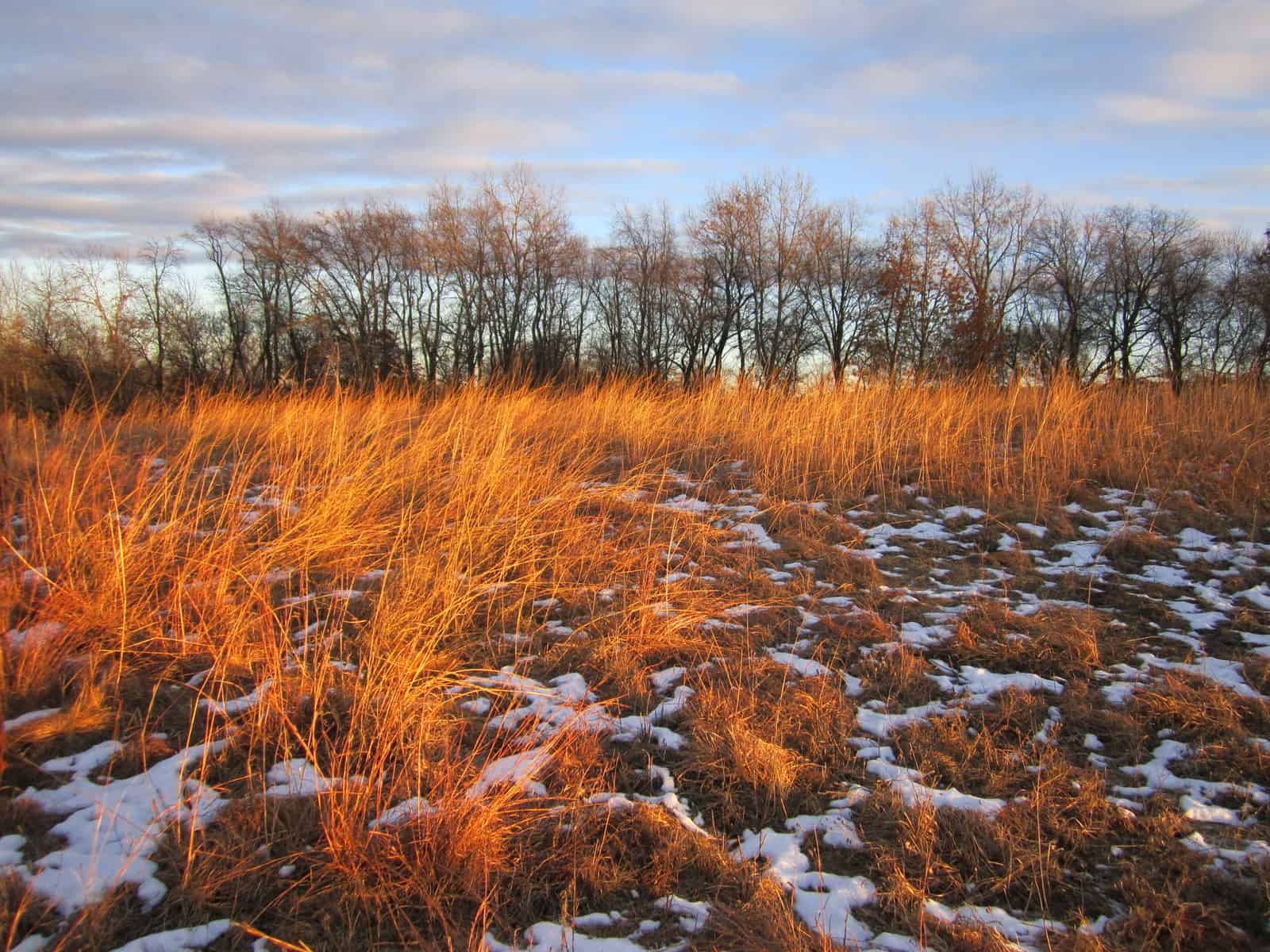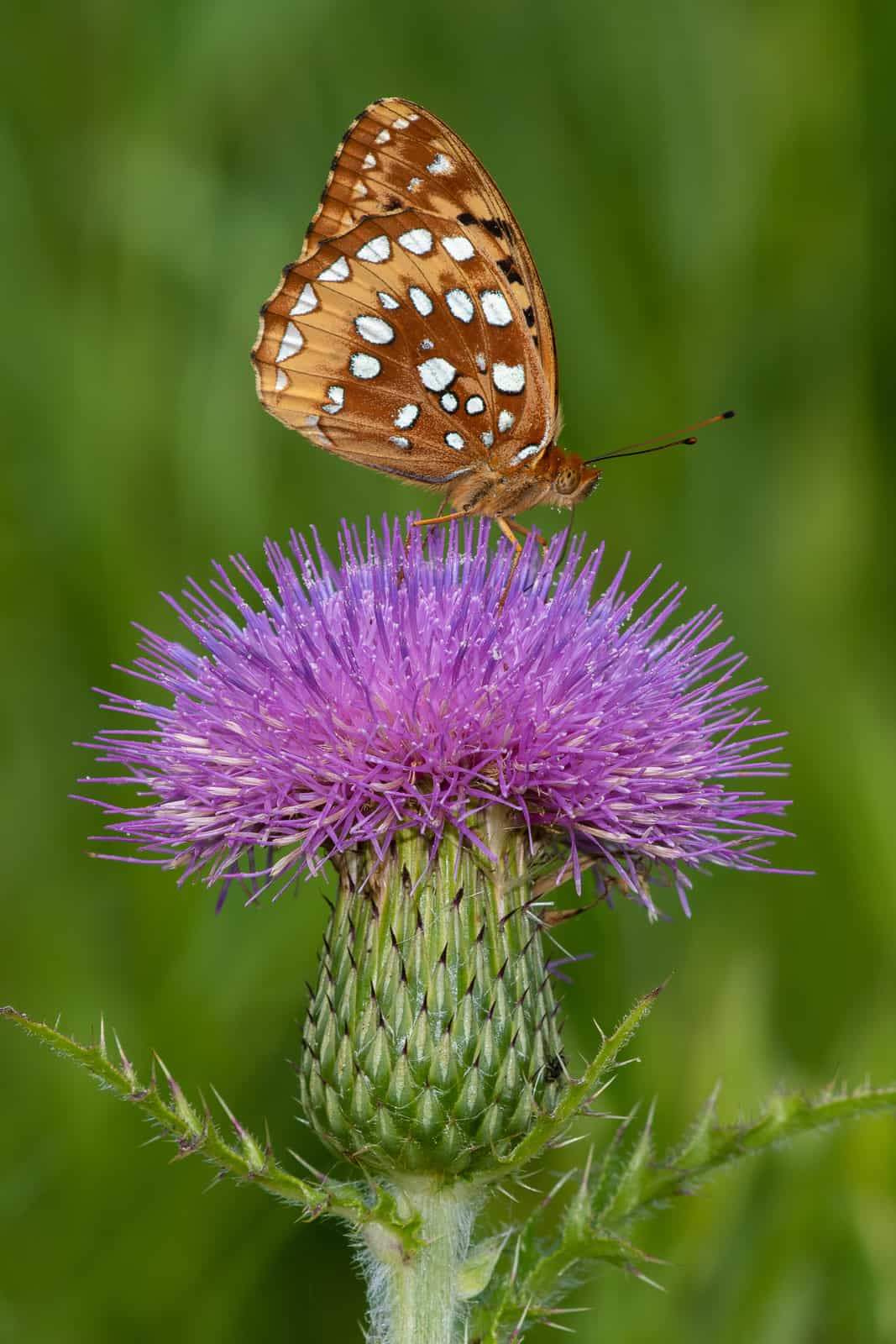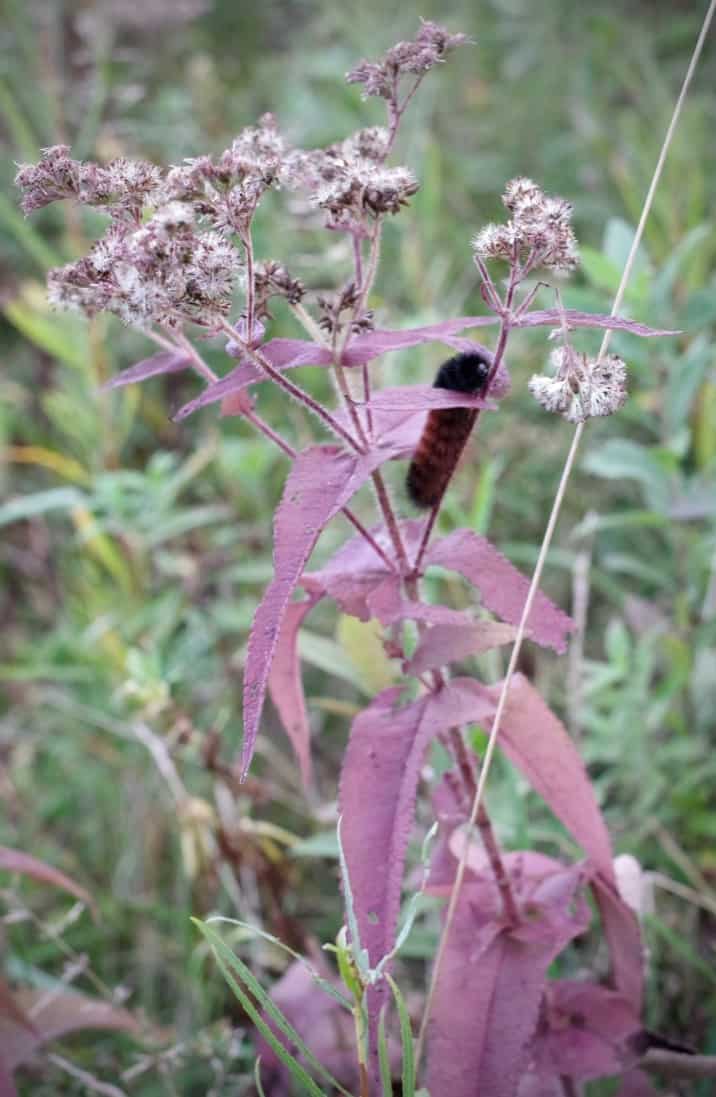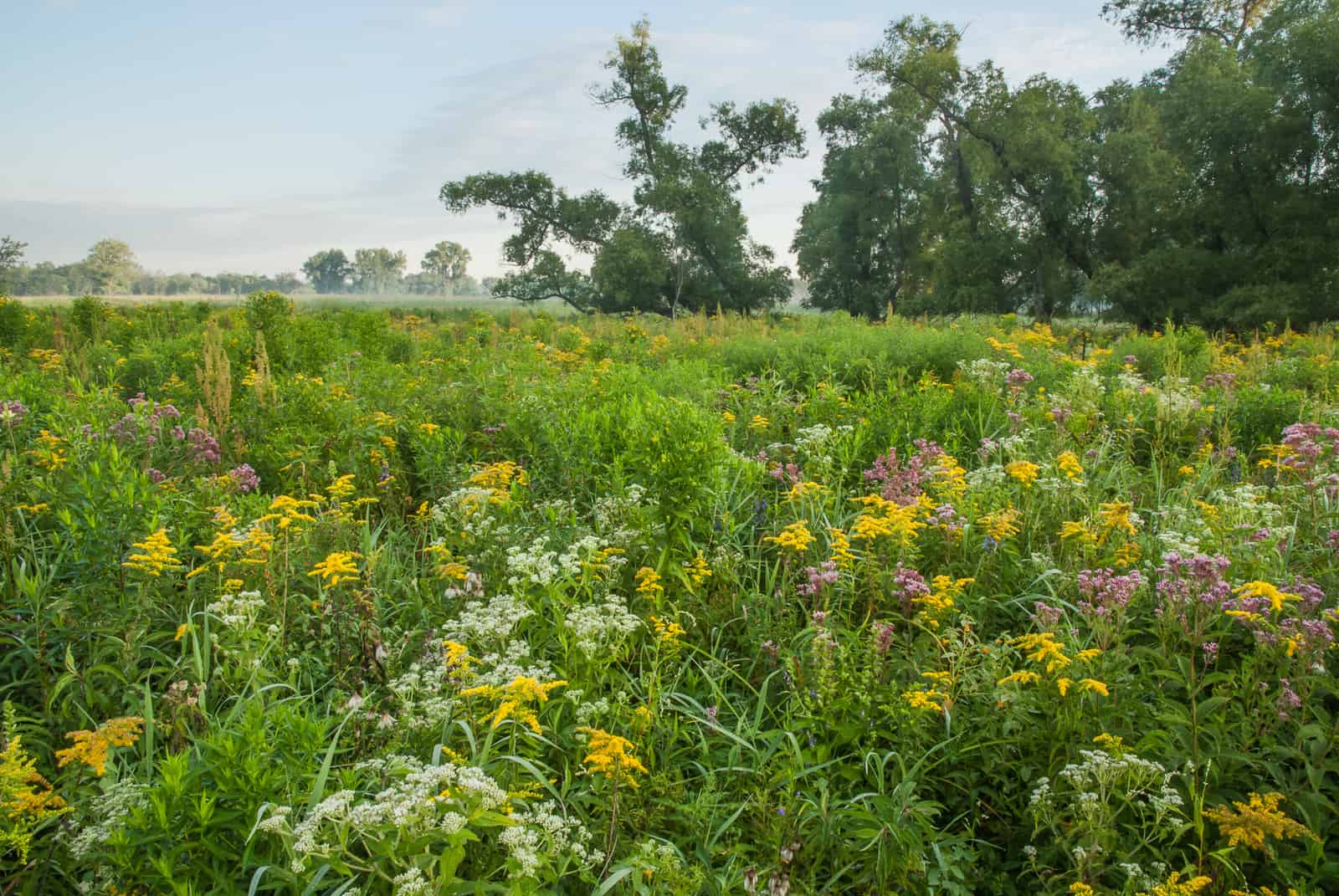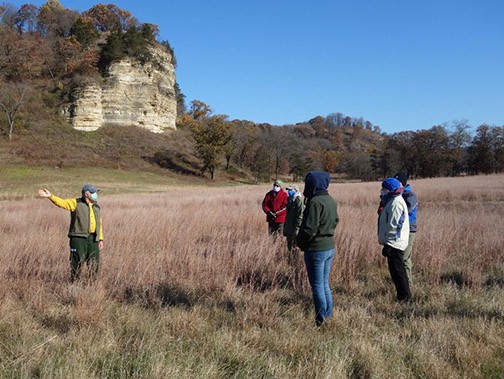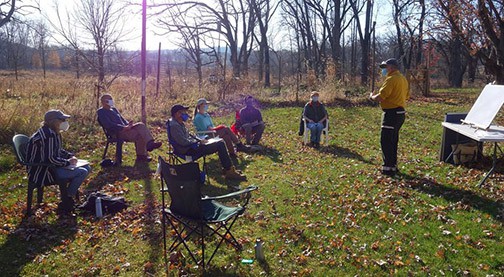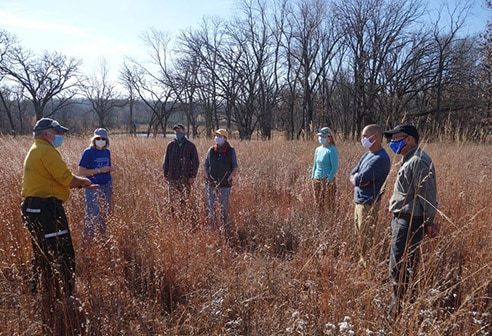Updated 12/5/2024
Pour some coffee, curl up in your favorite chair, and delve into these books written by members and friends of The Prairie Enthusiasts!
Is there a book that should be on this list? If you’re an author writing about ecology, or have a favorite Prairie Enthusiasts author you want to share with the world, reach out at info@theprairieenthusiasts.org.
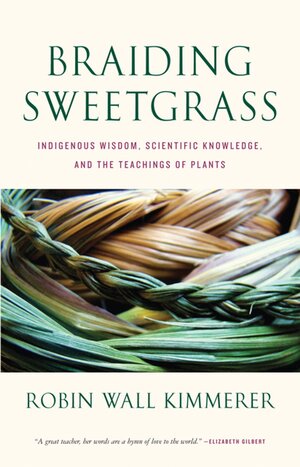
Braiding Sweetgrass by Robin Wall Kimmerer
Robin was a featured speaker at our annual conference in 2021!
“As a botanist, Robin Wall Kimmerer has been trained to ask questions of nature with the tools of science. As a member of the Citizen Potawatomi Nation, she embraces the notion that plants and animals are our oldest teachers… In a rich braid of reflections that range from the creation of Turtle Island to the forces that threaten its flourishing today, she circles toward a central argument: that the awakening of a wider ecological consciousness requires the acknowledgment and celebration of our reciprocal relationship with the rest of the living world. For only when we can hear the languages of other beings will we be capable of understanding the generosity of the earth, and learn to give our own gifts in return.” (text from Milkweed Editions)
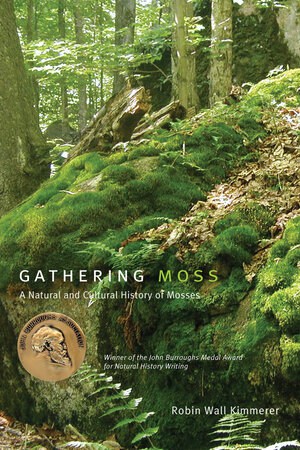
Gathering Moss by Robin Wall Kimmerer
“In this series of linked personal essays, Robin Wall Kimmerer leads general readers and scientists alike to an understanding of how mosses live and how their lives are intertwined with the lives of countless other beings. Kimmerer explains the biology of mosses clearly and artfully, while at the same time reflecting on what these fascinating organisms have to teach us. Drawing on her diverse experiences as a scientist, mother, teacher, and writer of Native American heritage, Kimmerer explains the stories of mosses in scientific terms as well as in the framework of indigenous ways of knowing. In her book, the natural history and cultural relationships of mosses become a powerful metaphor for ways of living in the world.” (text from OSU Press)
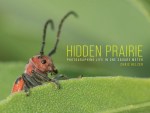
Hidden Prairie by Chris Helzer
Chris gave the keynote address and led a photography workshop at our annual conference in 2021.
“Chris Helzer illustrates the beauty and diversity of prairie through an impressive series of photographs, all taken within the same square meter of prairie. During his year-long project, he photographed 113 plant and animal species within a tiny plot, and captured numerous other images that document the splendor of diverse grasslands. Even readers familiar with prairies will be fascinated by the varied subject matter Helzer captured with his camera. In addition, his captivating and accessible natural history writing tells the story of his personal journey during the project and the stories of the characters he found within his chosen square meter of prairie.” (text from University of Iowa Press)
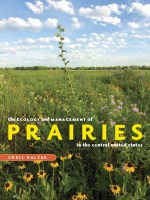
The Ecology and Management of Prairies in the Central United States by Chris Helzer
“Grasslands can be found throughout much of North America, and the ideas and strategies in this book apply to most of them, particularly tallgrass and mixed grass prairies in eastern North Dakota, eastern South Dakota, eastern Nebraska, eastern Kansas, eastern Oklahoma, northwestern Missouri, northern Illinois, northwestern Indiana, Iowa, southwestern Wisconsin, and southwestern Minnesota. By presenting all the factors that promote biological diversity and thus enhance prairie communities, then incorporating these factors into a set of clear-sighted management practices, The Ecology and Management of Prairies in the Central United States presents the tools necessary to ensure that grasslands are managed in the purposeful ways essential to the continued health and survival of prairie communities.” (text from University of Iowa Press)
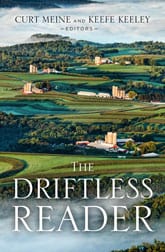
The Driftless Reader by Curt Meine
Curt was featured in a panel discussion at our annual conference in 2021.
“The Driftless Reader gathers writings that highlight the unique natural and cultural history, landscape, and literature of this region that encompasses southwestern Wisconsin and adjacent Minnesota, Iowa, and Illinois. The more than eighty selected texts include writings by Black Hawk, Mark Twain, Laura Ingalls Wilder, Frank Lloyd Wright, Aldo Leopold, David Rhodes, and many other Native people, explorers, scientists, historians, farmers, songwriters, journalists, and poets. Paintings, photographs, maps, and other images complement the texts, providing a deeper appreciation of this region’s layered natural and human history.” (text from UW Press)
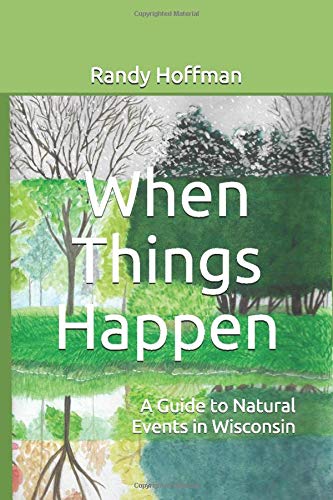
When Things Happen by Randy Hoffman
Randy is the site steward of The Prairie Enthusiasts’ Hauser Road Prairie.
“Busy families want to have meaningful experiences in nature. This book identifies the best times to view spring wildflowers, bird migrations, insect emergence, mammal birthing, and even meteor showers. In addition, in-depth articles give additional meaning to natural events. Nearly 40 pictures and illustrations support the book.” (text from Randy Hoffman)
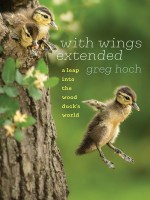
With Wings Extended by Greg Hoch
“A century ago, many people had given up on the wood duck, dooming it to extinction along with the passenger pigeon and Carolina parakeet. Today, the wood duck is one of the most familiar and most harvested ducks in the eastern half of the country, and one of America’s great conservation success stories. In With Wings Extended, Minnesota conservationist Greg Hoch introduces readers to a duck they probably recognize but may not know well. Hoch illustrates the complexities of wildlife and habitat management that landowners as well as state and federal wildlife agencies deal with on a daily basis, and takes readers through the life stages of what is largely considered the most beautiful duck in the world. In this fascinating and practical read, Hoch blends the historical literature about the species with modern science, and also shows how our views of conservation have changed over the last century.” (text from University of Iowa Press)
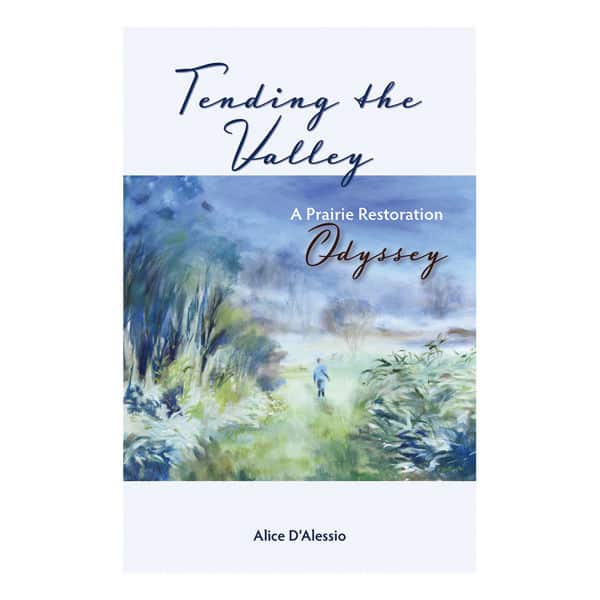
Tending the Valley by Alice D’Alessio
“In Tending the Valley, Alice chronicles [her husband’s and her own] efforts to return the land to its natural prairie state and to manage their oak and pine woods. Along the way they joined the land restoration movement, became involved in a number of stewardship groups, and discovered the depths of dedication and toil required to bring their dream to fruition. With hard-earned experience and the evocative language of a poet, D’Alessio shares her personal triumphs and setbacks as a prairie steward, along with a profound love for the land and respect for the natural history of the Driftless.” (text from Wisconsin Historical Society Press)
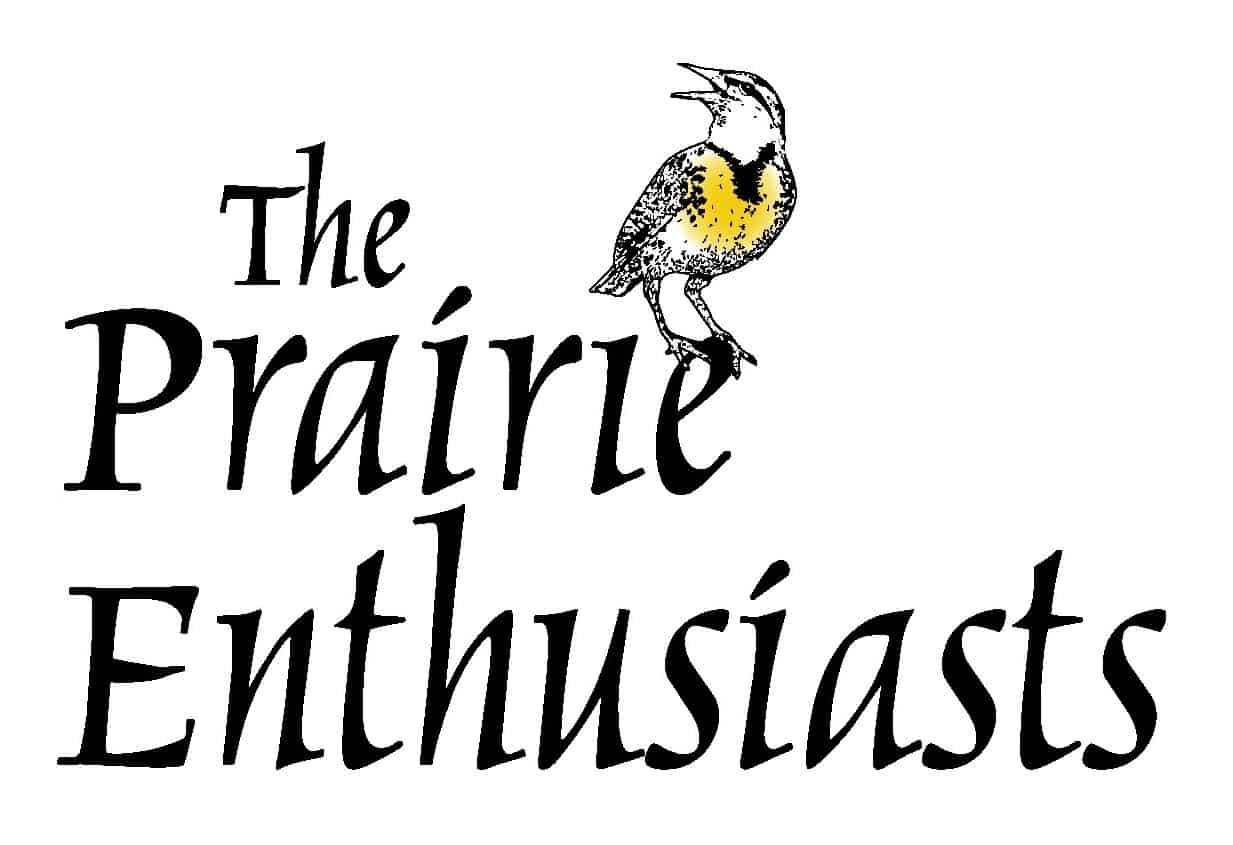
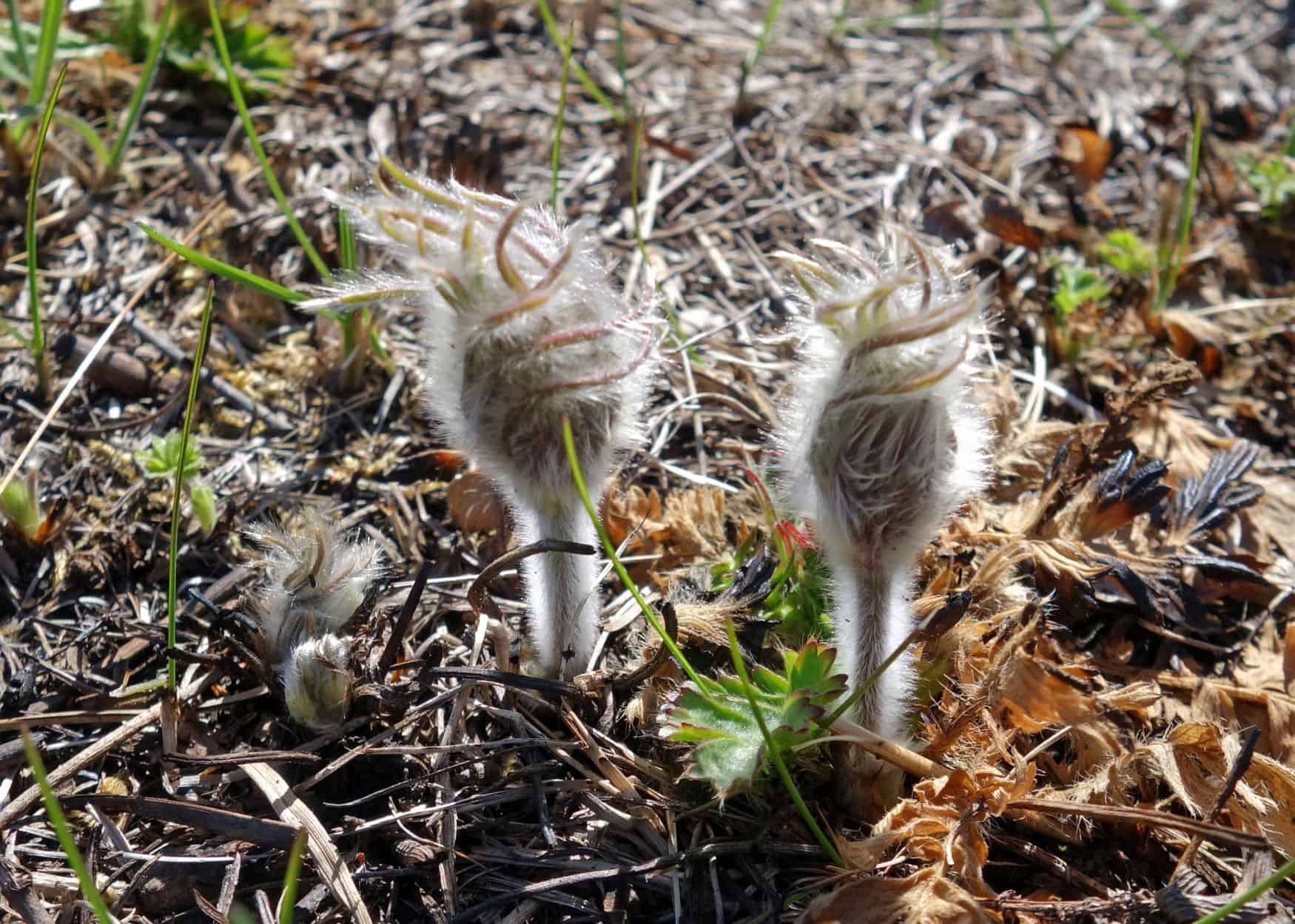 Pasques emerging in April.
Pasques emerging in April.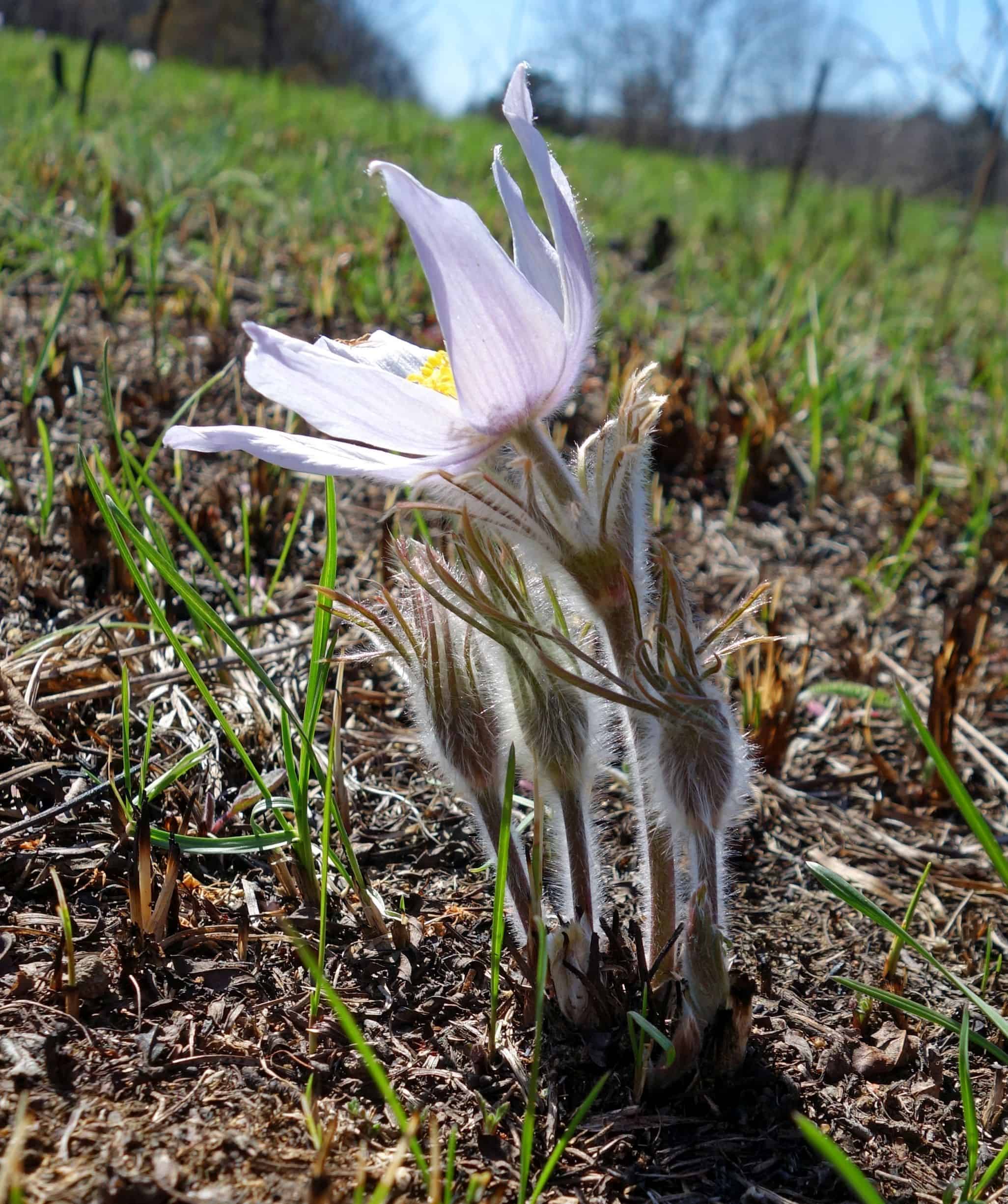 Pasqueflowers in bloom.
Pasqueflowers in bloom.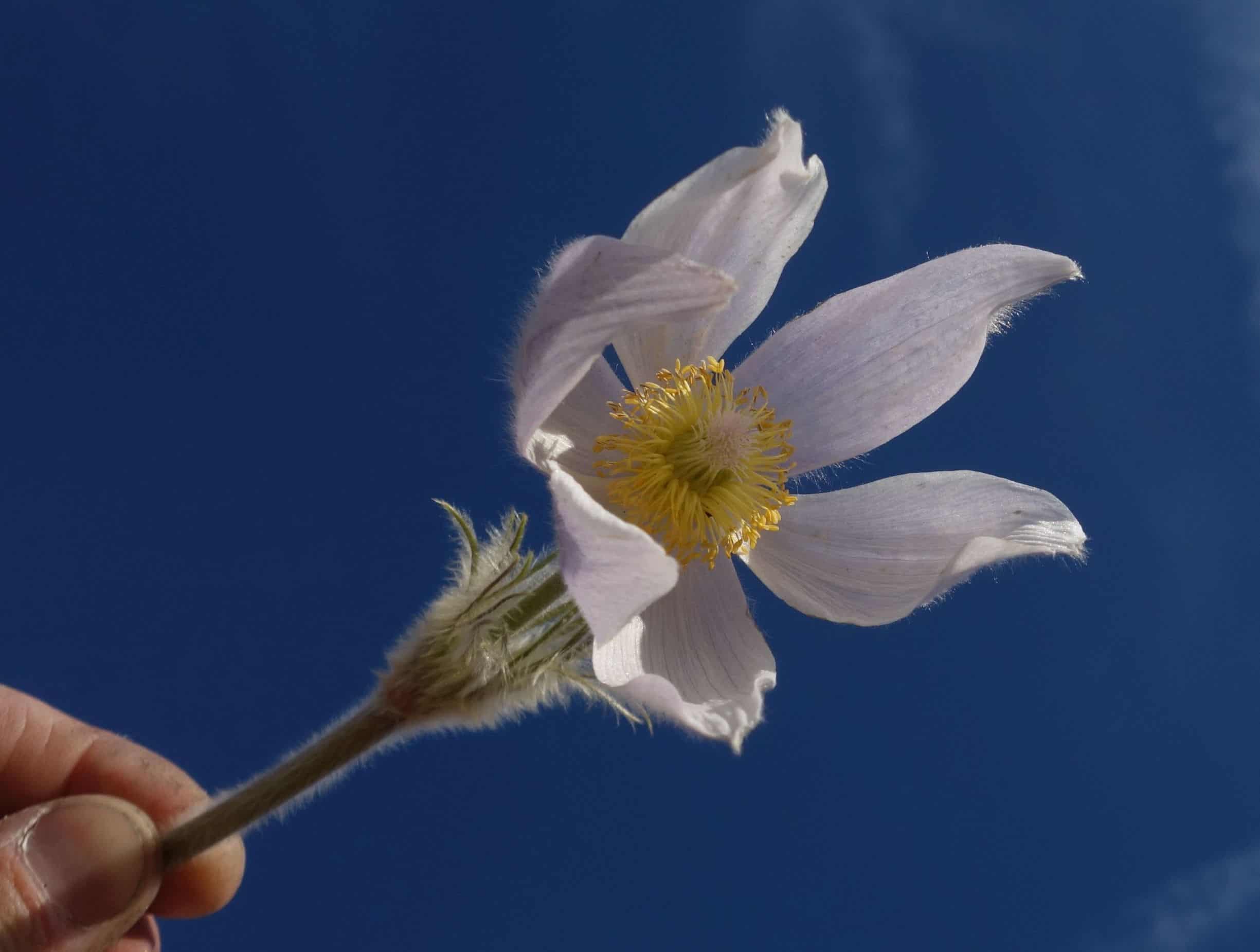
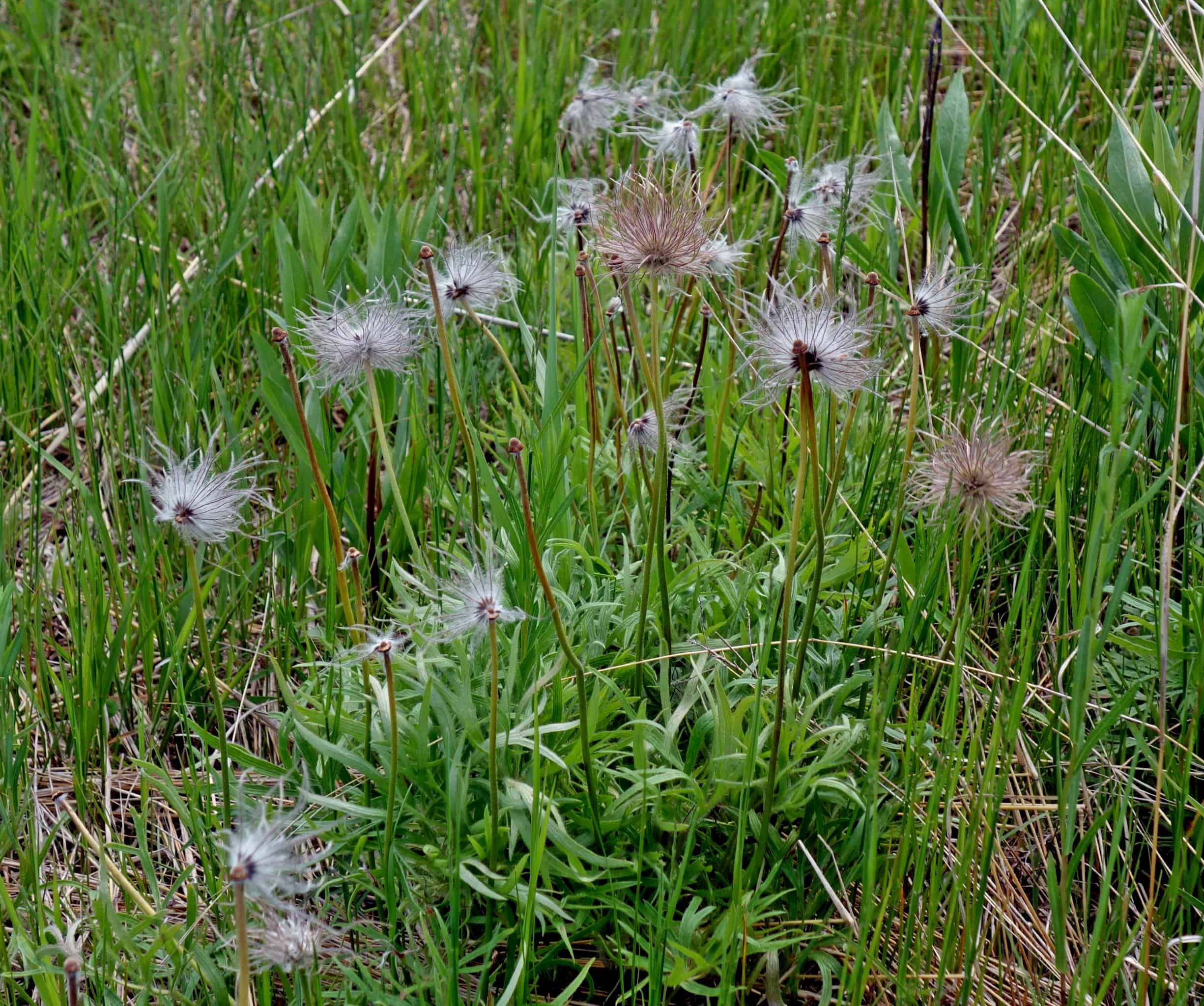
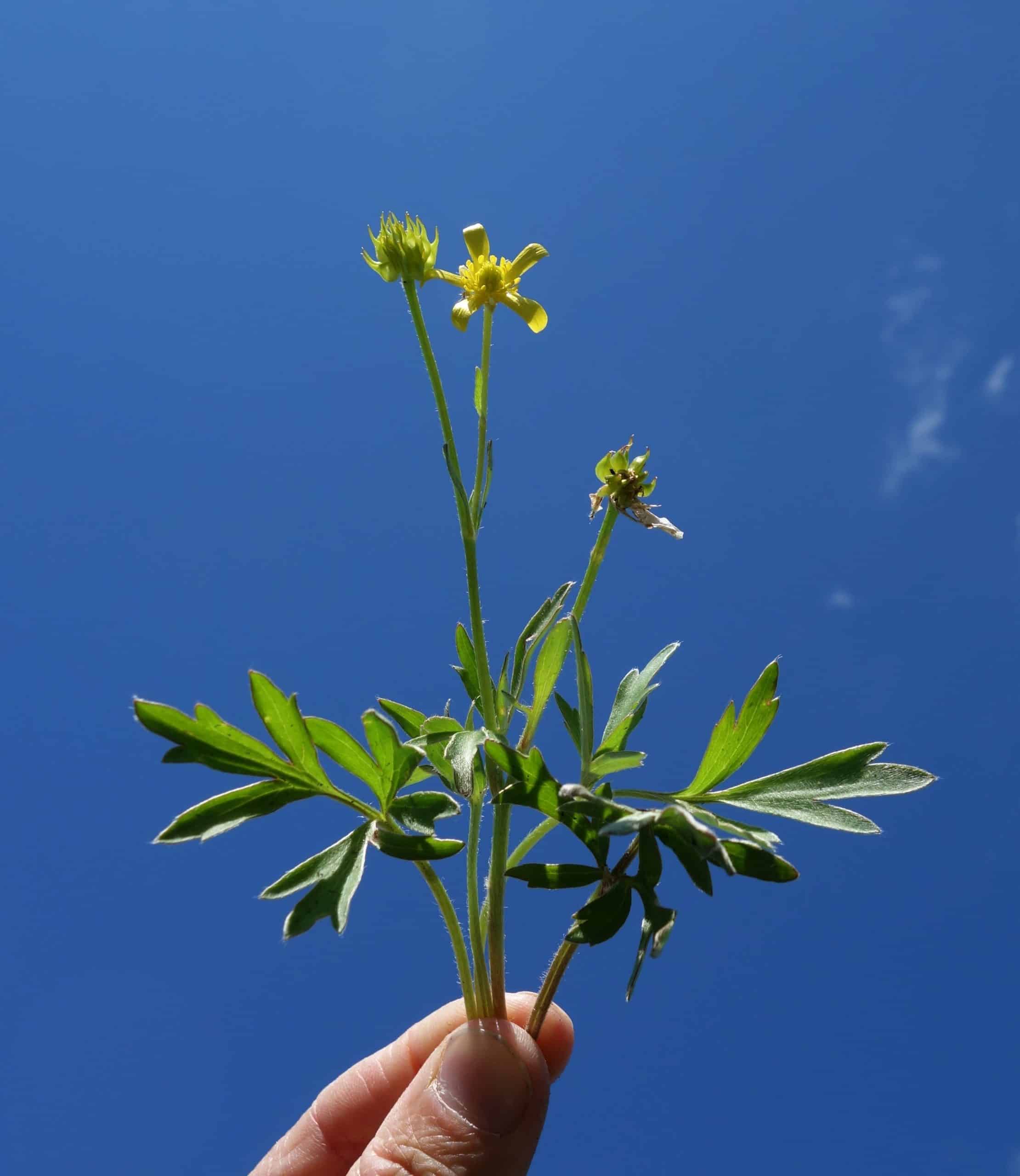 Blue sky early buttercup.
Blue sky early buttercup.